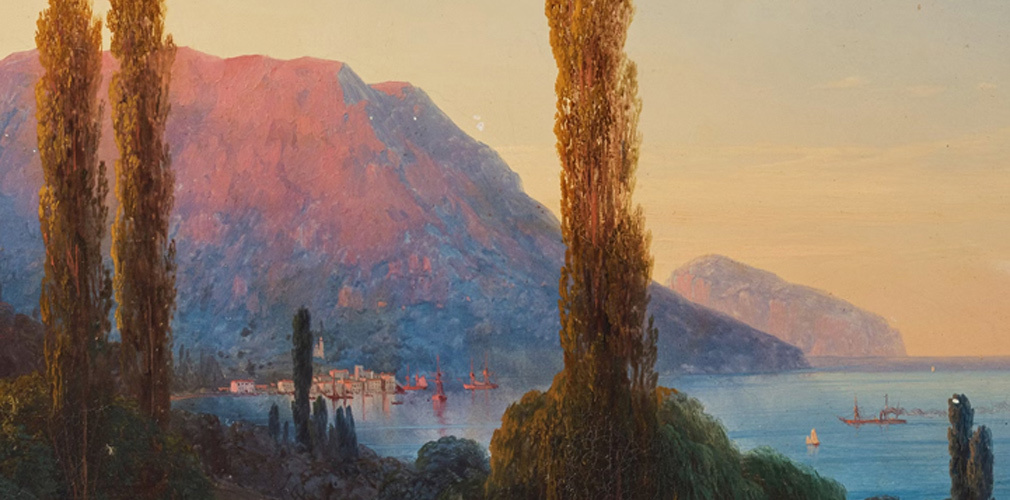Two masterpieces by Ivan Constantinovich Aivazovsky from the Imperial Collection of Tsar Alexander III at this spring's Important Spring Sale
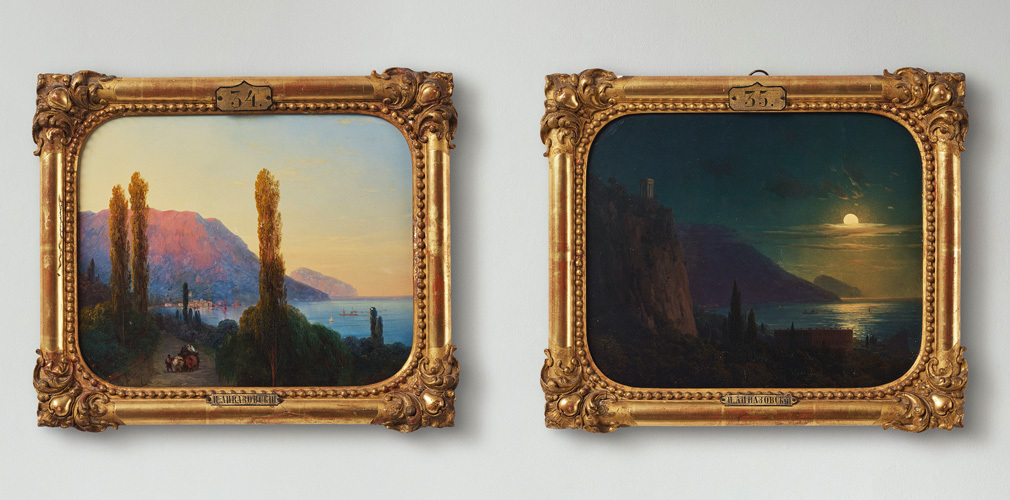
”Dawn over Yalta”, 1861
In this exquisite scene, Ivan Constantinovich Aivazovsky (1817–1900) depicts Yalta on the Crimean coast in the early morning light. The artist frames the view of the coastline with the majestic silhouettes of the cypresses in the foreground. A cart drawn by two oxen is making its way towards us into the cool shadows of the foreground. The darker green hues contrast with the translucent pastel colours of the mountains beyond. The rose-pink rays of the rising sun have just reached the high cliffs above Yalta, with the silhouette of Aiu-Dagh looming in the horizon. The artist lets the soft hues of pink wash over the motif, recurring in the boats moored in the bay and on the rooftops of the buildings in the harbor. Throughout his life, Aivazovsky turned frequently to his beloved Crimea for inspiration and reveled in the subtle differences of various light effects on the same landscape.
Estimate 4 000 000 - 5 000 000 SEK.
”Crimean night, view of Oreanda and Aiu-Dagh”, 1861
In this enchanting moonlit scene by Aivazovsky we get a view of the imperial palace at Oreanda on the Crimean coast with the majestic cliff of Aiu-Dagh in the horizon. The artist was born in the village Feodosia on Crimea and this was where he returned after a long and successful career. In this painting, the moon, partly hidden by lacy clouds, reflects its shine in the calm sea and casts a bluish hue over the craggy coast. High up on the cliff the Rotunda stands proudly, erected in neo-greek style in the early 1840s. The imperial palace rests below and almost seems to melt in with the surrounding greenery.
Estimate 4 000 000 - 5 000 000 SEK.
Aivazovsky is associated with the greatest achievements in marine painting and laying the foundation of Russian naval painting. He became a model for several other prominent Russian artists who focused on depicting seascapes. Born in 1817 into a poor Armenian family in the small coastal town of Feodosia in the Crimea, he was fortunate to begin his art studies at the St Petersburg Academy of Arts in 1833.
His first paintings, exhibited in the late 1830s, attracted great attention for their technical brilliance, their accurate representation of nature and the enthusiasm that permeated his work. He was fascinated by the sea, its powerful, uncontrollable natural forces and constant change. Brilliant colors and strong tones in Aivazovsky's paintings testify to his devotion to the ideals of Romanticism.
In 1865 Aivazovsky became a professor and later a member of the St Petersburg Academy of Fine Arts, and during the same period he was made an honorary member of the Paris, Amsterdam, Rome, and Stuttgart Academies of Fine Arts for his great achievements in painting.
Aivazovsky organized over 120 exhibitions of his paintings both in Russia and in Europe, the proceeds of which went to charities such as poor artists, actors, students, and families in Armenia who lived in scarce conditions. In 1865 he founded an art school at his studio in Feodosia, where talented young artists could study under his guidance. Fifteen years later he opened an art gallery in his studio, which became a cultural center.
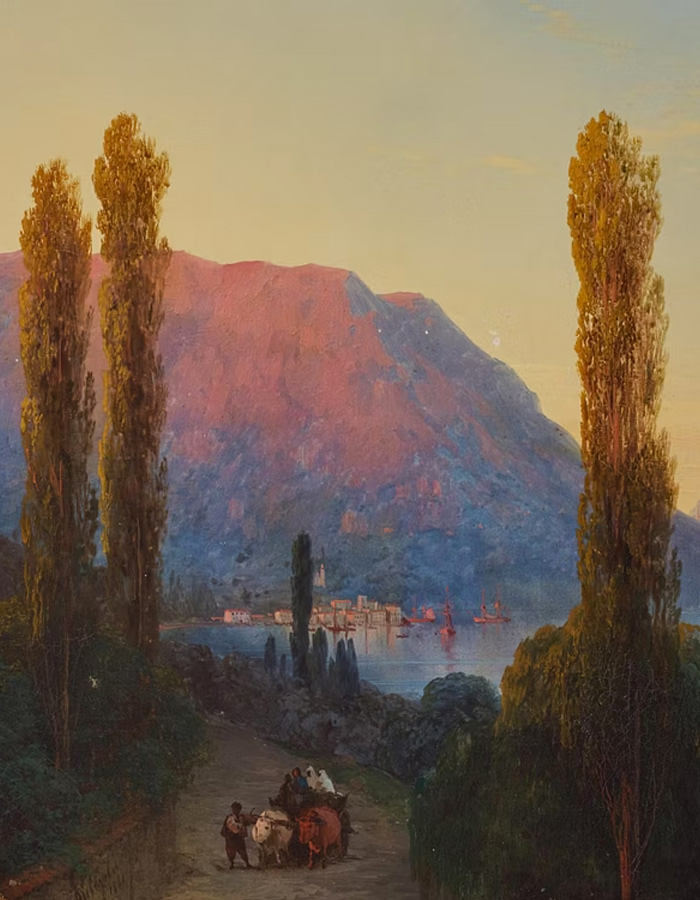
Swedish provenance
Around 1914, Swedish commercial interest in St Petersburg was at its peak. Export companies, founded during the industrial breakthrough of the 1890s were increasingly attracted to the Russian market, including AB Separator, Asea, SKF, Alfa-Laval, AGA, Bolinders, L M Ericsson and Nobel. During this period and after the revolution it was possible to acquire furniture, art and works of art. Several items of imperial provenance were sold at auction around 1920/30 in the then Soviet Union. The paintings in this auction were acquired at this time and were then shipped to Sweden and have remained in the family since then.
The works will be sold at this spring’s Important Spring Sale Juni 14–16
Auction Live: June 14–16 juni, Arsenalsgatan 2, Stockholm
Catalogue Online: May 30
Viewing 8–13 juni, Berzelii Park 1, Stockholm
Open Vardagar kl 11–18, helg kl 11–16
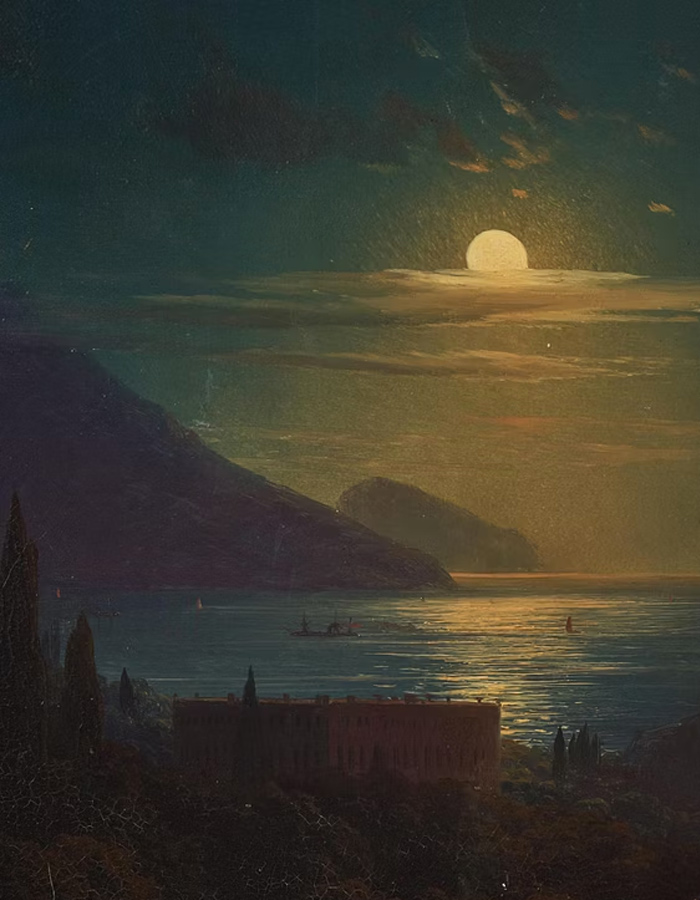
Contact Specialist

Tukholma
Andreas Rydén
Varatoimitusjohtaja, Johtava asiantuntija, taide
+46 (0)728 58 71 39

Tukholma
Lena Rydén
Johtava taideasiantuntija, moderni- ja 1800-luvun taide
+46 (0)707 78 35 71
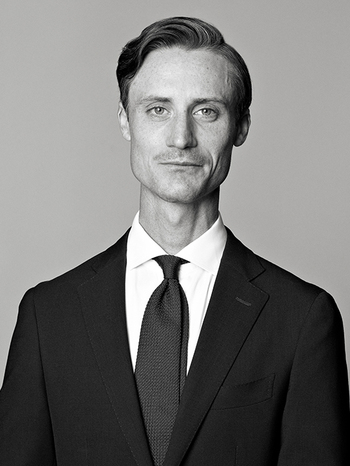
Tukholma
Mark Sjöberg
Asiantuntija taide & taidegrafiikka
+46 (0) 707 88 84 72
